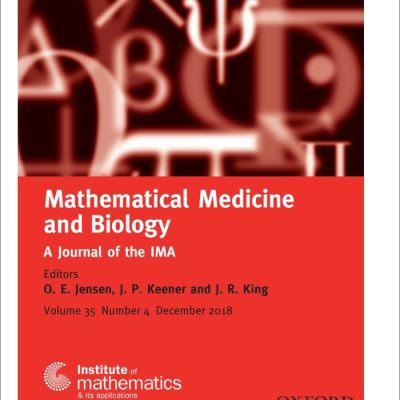Publication
Extreme protraction for low grade gliomas: Theoretical proof of concept of a novel therapeutical strategy
V.M. Pérez-García, L.A. Pérez-Romasanta
Mathematical Medicine and Biology 33(3) 253-271 (2016).
MOLAB authors
Abstract
Grade II gliomas are slowly growing primary brain tumors that affect mostly young patients and become fatal after a few years. Current clinical handling includes surgery as first line treatment. Cytotoxic therapies (radiotherapy RT or chemotherapy QT) are used initially only for patients having a bad prognosis. Therapies are administered following the 'maximum dose in minimum time' principle, what is the same schedule used for high grade brain tumors. Using mathematical models describing the growth of these tumors in response to radiotherapy, we find that a extreme protraction therapeutical strategy, i.e. enlarging substantially the time interval between RT fractions, may lead to a better tumor control.
Explicit formulas are found providing the optimal spacing between doses in a very good agreement with the simulations of the full three-dimensional mathematical model approximating the tumor
spatio-temporal dynamics.
This idea, although breaking the well-stablished paradigm, has biological meaning since in these slowly growing tumors it may be more favourable to treat the tumor as the different tumor subpopulations move to more sensitive phases of the cell cycle.















